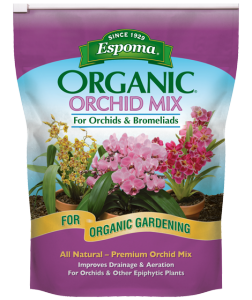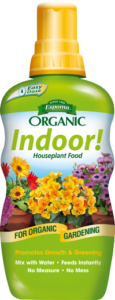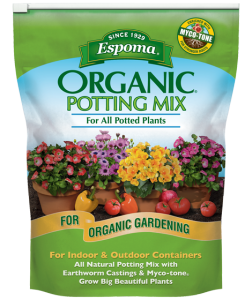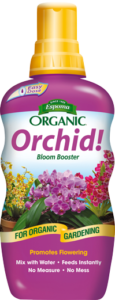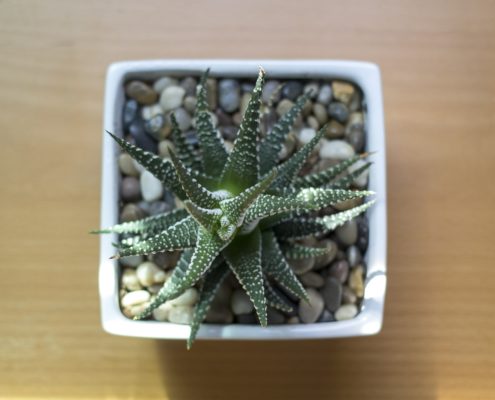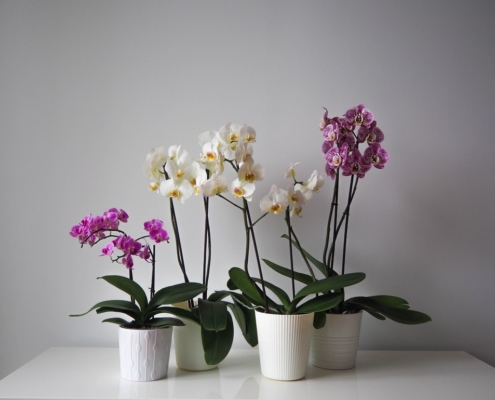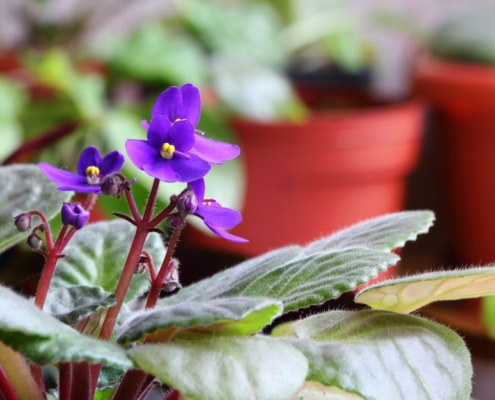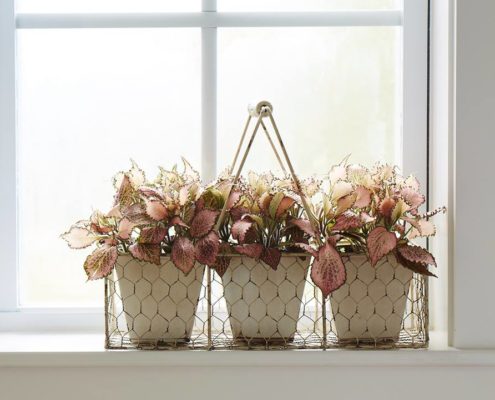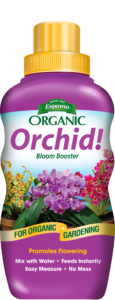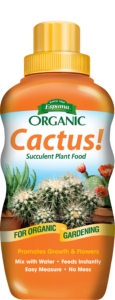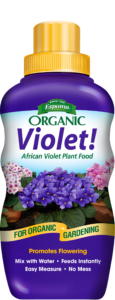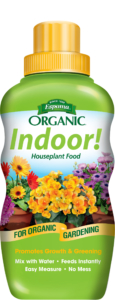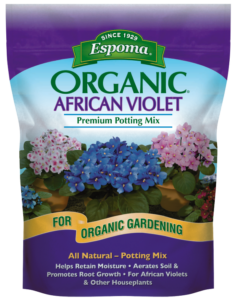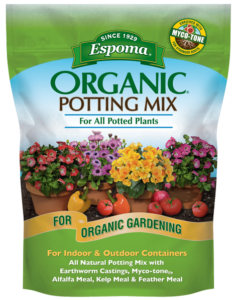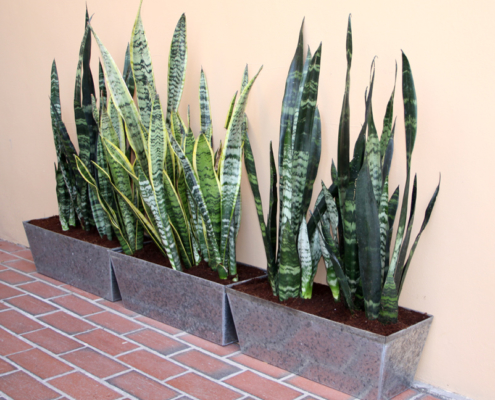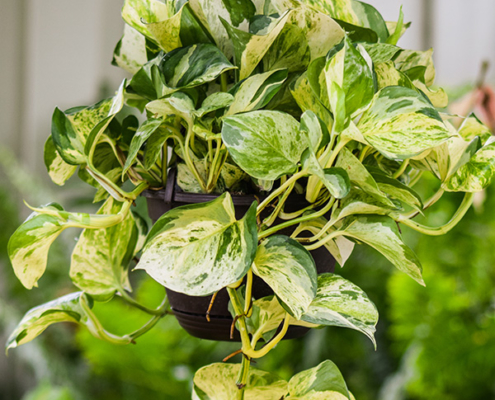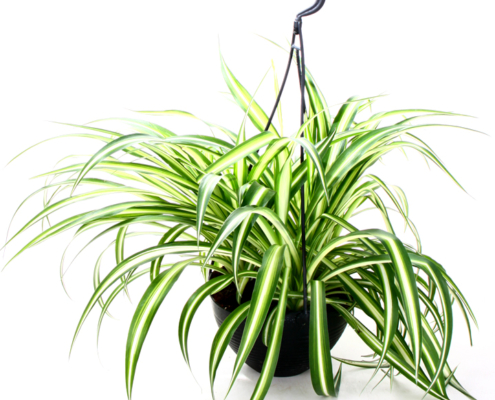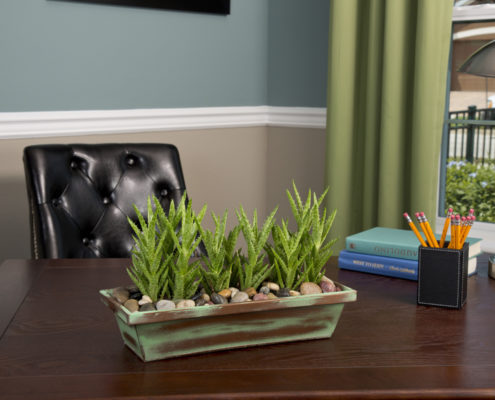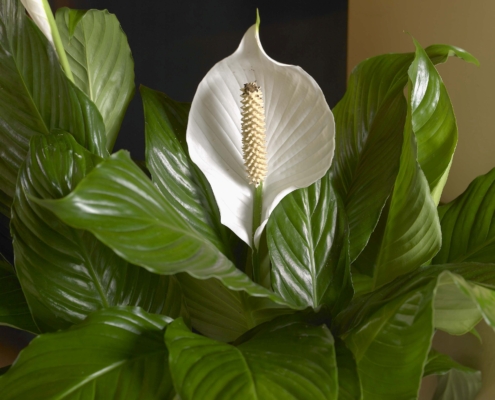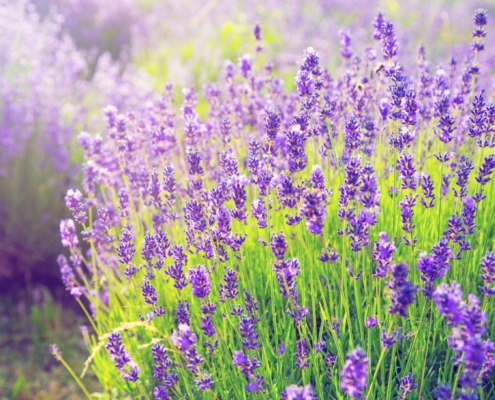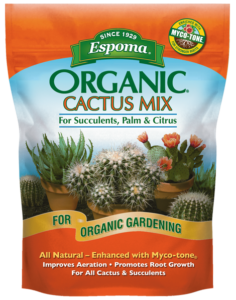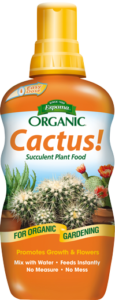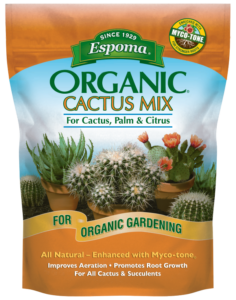Plant Parents: Add These Tropical Houseplants to Warm Your Soul
The brightest part of winter may just be decorating your home for the season. While hot cocoa, holiday lights and a cozy fireplace are traditional ways of warming your space, try thinking tropical this year. Your decorating doesn’t have to be the same every year and holiday houseplants aren’t just limited to poinsettias.
It’s not a secret that many houseplants are tropical by nature. They feel right at home in places with year-round warmth and jungle-like conditions. So, bring some warmth and tropic flair to your space by adding one of these houseplants.
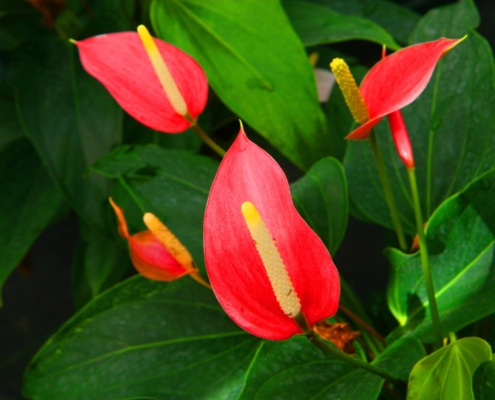
Anthurium
Anthuriums are elegant, easy-care plants with cheery blooms that last a long time. This show-stopping plant is a favorite for any romantic with its glossy heart-shaped, pink leaves. Anthurium stands out of the crowd with blooms on and off all year. This exotic plant loves warmth and humidity.
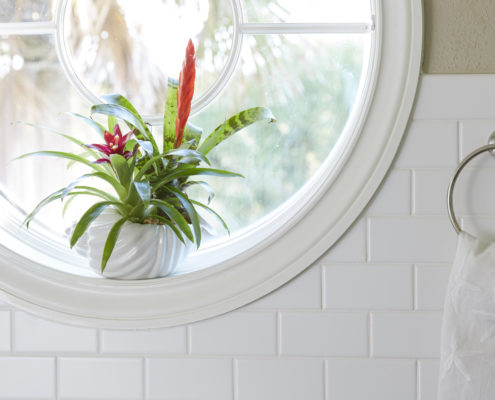
Bromeliad
This easy-to-grow houseplant makes for a perfect gift. It provides an exotic touch of red, orange, pink or purple to any home. Even with the thick foliage and wide leaves, it gives off a radiance that anyone will fall in love with. Be sure to use Espoma’s Orchid Potting Mix to allow proper drainage.

Palms
Majesty palms practically whisk you away to somewhere tropical. They thrive in the humidity and like to be kept evenly moist. Fertilize regularly with Indoor! Liquid plant food for faster growth. These are easy to grow and don’t require any pruning except for an occasional old frond.
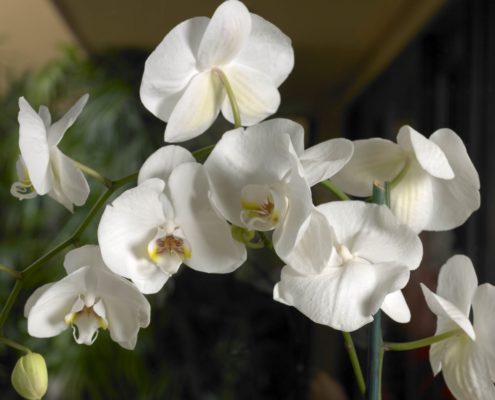
Orchids
Orchids can bloom for up to four months, making them great fir add some color and flair to any home. They love indirect light, a little bit of water and to be away from any drafty windows, air vents or ducts.
Plus, they will continue to rebloom every year with a little love and patience and fertilizer.
An organic fertilizer, such as Espoma’s Orchid! liquid plant food, will help keep your blooms looking fresh and colorful year after year.
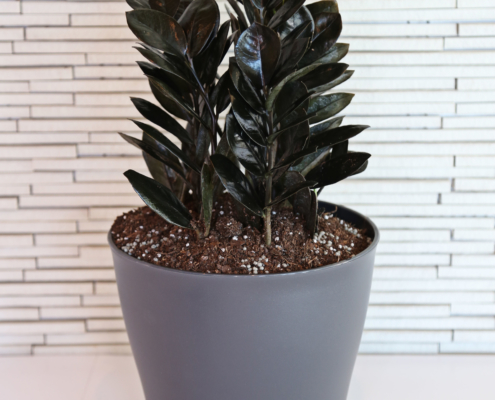
ZZ plant
This tough houseplant can survive even with the brownest of thumbs. You can put it anywhere in your home or office and it will be happy to see you. It can even survive with only florescent lights and no natural light. Water when the top two inches of soil are dry. Don’t worry if you forget, it may start to drop some of its leaflets to conserve the water left and will rebloom after a good drink.
Try these lowlight houseplants if you want greenery, but lack light. https://youtu.be/SYXv_EcBdEA
Products for houseplants
